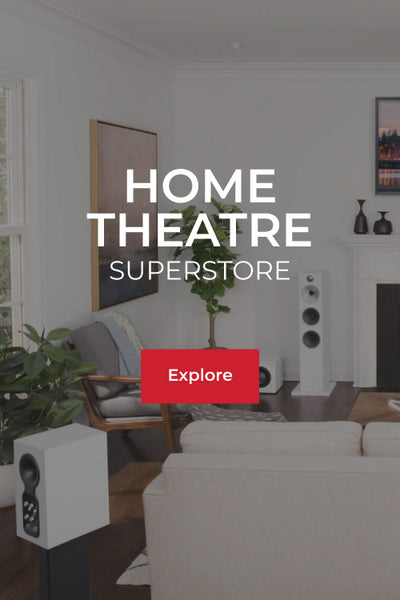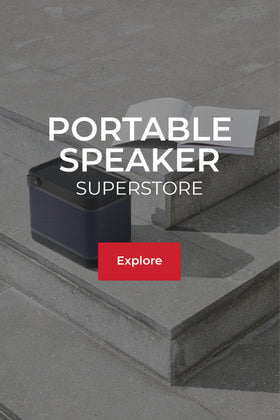
Sealed Subwoofers Vs Ported Subwoofer

Before we get to the debate at hand, we would first need to understand what a speaker is. A speaker consists of two primary parts, the electrical/electronic components and the enclosure they are placed in. The electrical/electronic components in every speaker differ between passive and active speakers. In a passive speaker, the electrical/electronic components primarily comprise the diaphragm, voice coil and a magnet. Passive speakers require an amplified signal to power the speaker and drive the diaphragm. In an active speaker, the electrical/electronic components primarily comprise all the components of a passive speaker but with an additional amplifier and power supply. Active speakers don’t require an amplified signal to drive the speakers since they have an in-built amplifier and power supply to power the speaker and drive the diaphragm.
When it comes to the enclosure that houses all these components, there are a few things to keep in mind. Every enclosure is different and are commonly called cabinets. The primary function of every cabinet is to ensure that the sound produced by the front of the diaphragm does not interfere or cancel out with the sound that is produced by the back of the diaphragm which would be of opposite phase. Each cabinet is then tuned to bring out the best audio from the electrical/electronic components that are mounted to it. The response of every cabinet would differ based on the material it is made of, filler material (kind and quality), the internal bracing structures, size of the cabinet, shape of the cabinet and the port or lack thereof. In a ported cabinet, the size, location and number of ports all effect the final audio output of the loudspeaker. Every cabinet is made to ensure that there is little to no distortion and have an even frequency response across various levels of amplification. Some cabinets even house internal transmission lines. These transmission lines are simply structural pathways that connect two different parts of a speaker in order to direct sound waves, usually towards a port.
Now that we have covered cabinet design briefly, we can now tackle the debate at hand, “Is a sealed cabinet subwoofer better or a ported cabinet subwoofer better”. As it is with most debates in audio, there is no definite answer to this debate. Sound output is not just how well the sound is produced by the loudspeaker but is also dependant on the way that sound is perceived and experienced. Therefore, this debate is very subjective and can be based on personal preferences. Based on what we know so far, we can state some factual points that could help determine the best subwoofer based on the application.
In a sealed cabinet subwoofer, the dampening of the opposite phase audio is much higher and therefore interferes with the overall sound and the driving of the diaphragm to a lesser degree. This causes the sound output to be much tighter and thereby ends up sounding a lot more accurate. A major con of sealed cabinet subwoofers is that their bass extension into the lower frequencies is not as good as a ported cabinet subwoofer. This would mean that the sealed cabinet subwoofer would be perfect for critical listening and classical music while not lending itself completely to reproduce the rumble of an explosion or the footsteps of a kaiju on a blu-ray.

In a ported cabinet subwoofer, the opposite phase audio is channeled through a transmission line from the back of the diaphragm towards the port. This opposite phase audio is then expelled from the port and interferes with the original in-phase audio produced by the front of the diaphragm. This directing of opposite phase audio until it leaves the cabinet through the port is done in such a way that the audio coming out of the port interferes with the original in-phase audio constructively and thereby enhances the low frequency response of the subwoofer. This dual output low frequency audio is then interpreted by us as the subwoofer being boomy. This boomy low frequency response of a ported cabinet subwoofer is not suited for critical listening but is best for demanding cinema scenes that require that extra rumble to enhance the AV experience.
A couple of other things for us to keep in mind while choosing the right subwoofer would be that a sealed cabinet subwoofer would require a larger signal to get the same output compared to a ported cabinet subwoofer. Another point of consideration would be that most sealed cabinet subwoofers usually take up lesser space and have a smaller footprint compared to ported cabinet subwoofers.
Now that we know all that we do about sealed cabinet subwoofers and ported cabinet subwoofers, the best would be completely dependent on one’s audio usage, application and solution. There is no wrong or bad subwoofer, just different designs that give them individuality.




